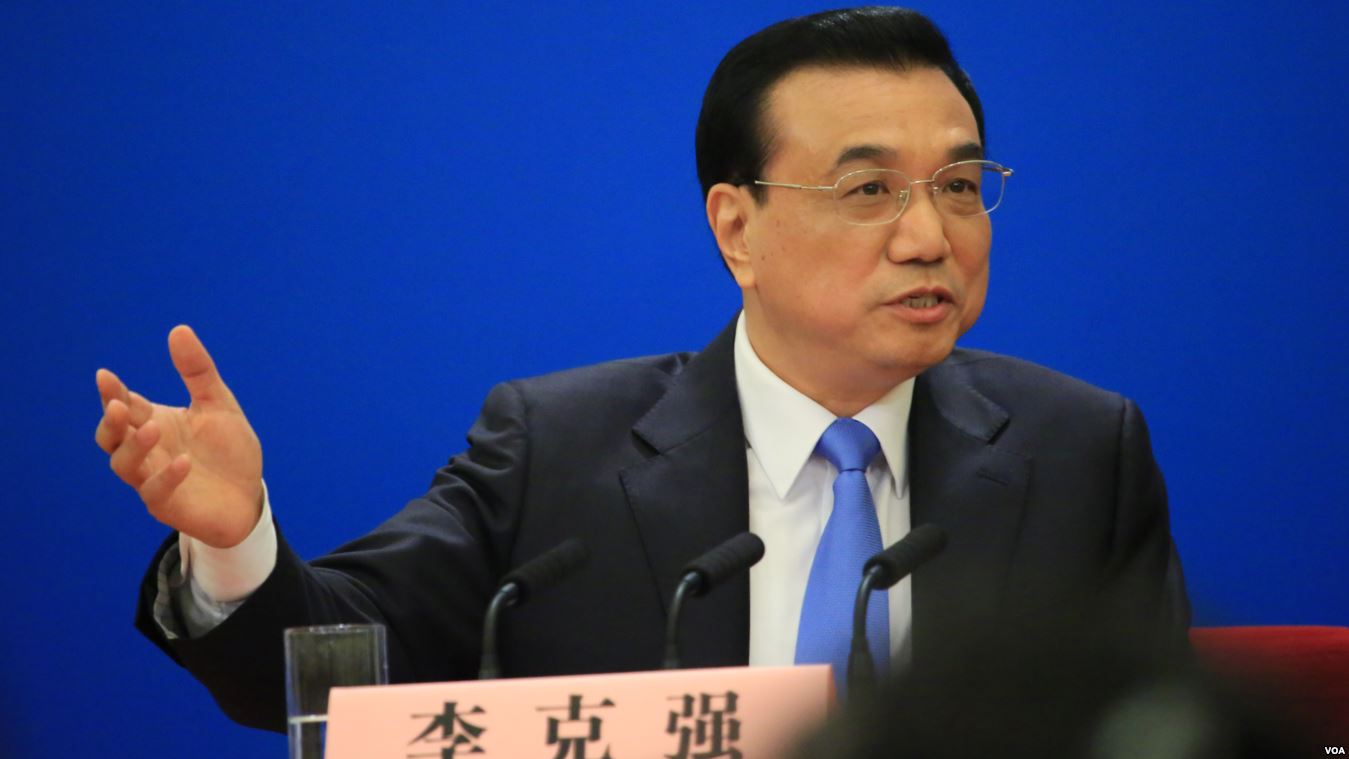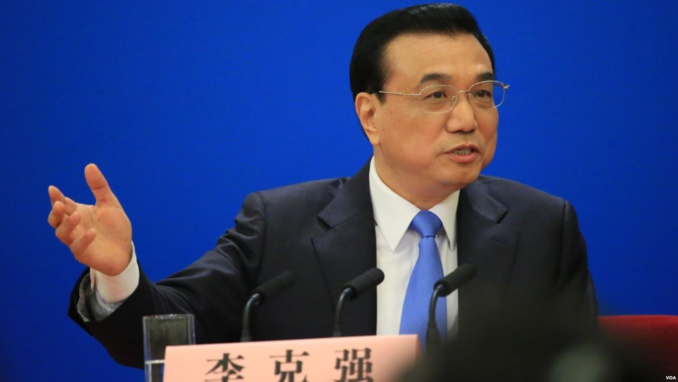The new target for growth in the PRC economy this year is 6–6.5%, Li Keqiang said at the session of the All-China Assembly of People’s Representatives on Tuesday at the State Council of the PRC. At the end of last year, the increase was 6.6%, which is the least in almost three decades (the plan provided for GDP growth by about 6.5%, like in 2017). Now, the PRC Premier says that "an analysis of the situation inside and outside the country shows that development of China in 2019 will face even more serious problems."
Measures to support the braking economy are focused on fiscal mitigation — the planned budget deficit was raised from 2.6% to 2.8% of GDP.
China also announced reduction of taxes and fees by 2 trillion yuan (about $ 300 billion, equivalent to 2% of GDP), mainly due to a decrease in VAT (for industrial goods from 16% to 13%, from 10% to 9% in transport and construction). The issue of regional bonds for financing infrastructure projects will also increase significantly, from 1.35 trillion to 2.15 trillion yuan. At the same time, as Lee Keqiang assured, the debt load will not increase.
Among the reforms, the report outlines the previously announced steps: expanding investor access (in particular, by reducing the list of industries where restrictions exist - now it has 151 points), as well as simplifying licensing procedures. In addition, Li Keqiang outlined the task of increasing the inflow of foreign investment by expanding the list of zones where companies with 100% foreign capital can be created. Recall, it was previously announced that companies with foreign capital will be able to work in China on the same conditions as local ones - in all sectors except those listed in the “negative” list (which contains 48 positions).
Chinese authorities are still trying to find a balance between stimulating measures and financial risks, while regulators are not ready to go for large-scale easing. At that, they are unlikely to keep the level of debt at the current level, Capital Economics notes.
Experts indicate that a 6–6.5% benchmark will actually mean that the growth rate will be at least 6.2% this year and next year - the minimum necessary for doubling GDP between 2010 and 2020. The key difference in support measures at this time is to maintain tight control over real estate transactions - due to fears of a sharp rise in prices, the center notes.
ING Bank adds that, "given the willingness to support economic growth, the authorities either do not believe in the full success of the negotiations with the United States, or see that the damage (from American duties) was significant." The bank predicts China's economy to grow by 6.3% this year, but also points to the risks of such a forecast if consumption slows down more than expected.
source: reuters.com, capitaleconomics.com
Measures to support the braking economy are focused on fiscal mitigation — the planned budget deficit was raised from 2.6% to 2.8% of GDP.
China also announced reduction of taxes and fees by 2 trillion yuan (about $ 300 billion, equivalent to 2% of GDP), mainly due to a decrease in VAT (for industrial goods from 16% to 13%, from 10% to 9% in transport and construction). The issue of regional bonds for financing infrastructure projects will also increase significantly, from 1.35 trillion to 2.15 trillion yuan. At the same time, as Lee Keqiang assured, the debt load will not increase.
Among the reforms, the report outlines the previously announced steps: expanding investor access (in particular, by reducing the list of industries where restrictions exist - now it has 151 points), as well as simplifying licensing procedures. In addition, Li Keqiang outlined the task of increasing the inflow of foreign investment by expanding the list of zones where companies with 100% foreign capital can be created. Recall, it was previously announced that companies with foreign capital will be able to work in China on the same conditions as local ones - in all sectors except those listed in the “negative” list (which contains 48 positions).
Chinese authorities are still trying to find a balance between stimulating measures and financial risks, while regulators are not ready to go for large-scale easing. At that, they are unlikely to keep the level of debt at the current level, Capital Economics notes.
Experts indicate that a 6–6.5% benchmark will actually mean that the growth rate will be at least 6.2% this year and next year - the minimum necessary for doubling GDP between 2010 and 2020. The key difference in support measures at this time is to maintain tight control over real estate transactions - due to fears of a sharp rise in prices, the center notes.
ING Bank adds that, "given the willingness to support economic growth, the authorities either do not believe in the full success of the negotiations with the United States, or see that the damage (from American duties) was significant." The bank predicts China's economy to grow by 6.3% this year, but also points to the risks of such a forecast if consumption slows down more than expected.
source: reuters.com, capitaleconomics.com



















